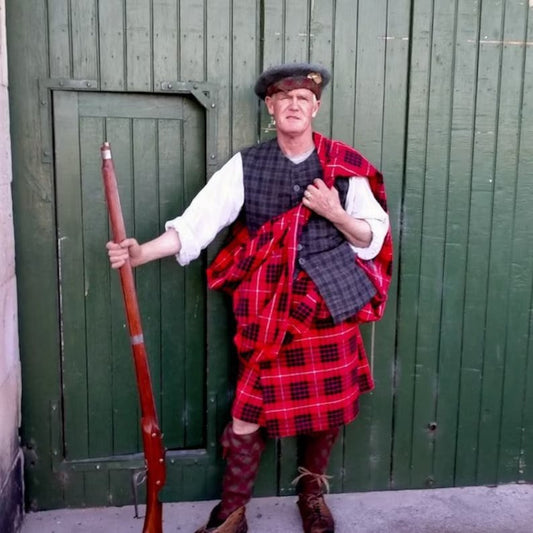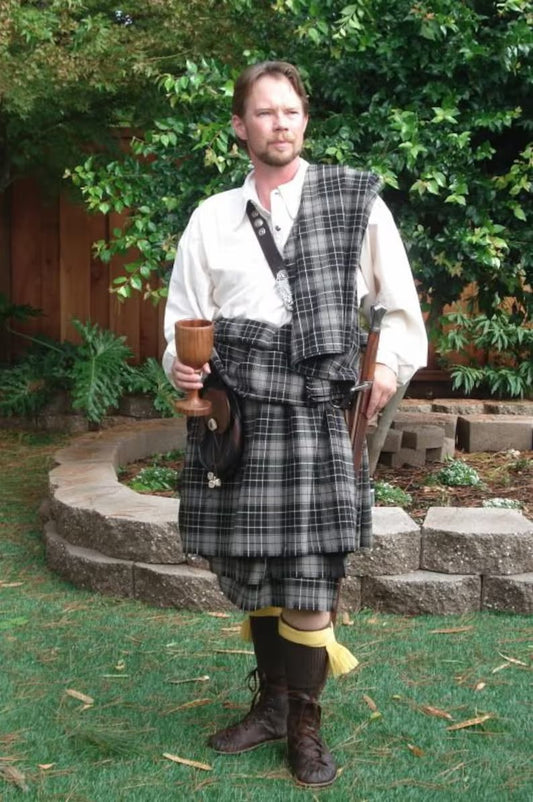-
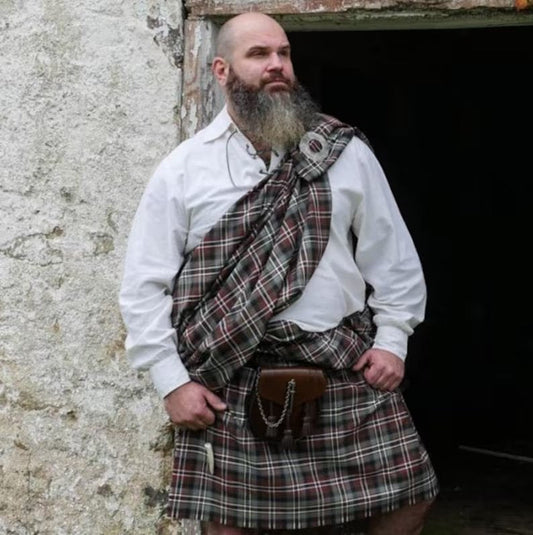 Sale
SaleTartan Great Kilt
Regular price $178.00 CADRegular priceUnit price / per$205.00 CADSale price $178.00 CADSale -
 Sale
SaleScottish Great Kilt
Regular price $178.00 CADRegular priceUnit price / per$205.00 CADSale price $178.00 CADSale -
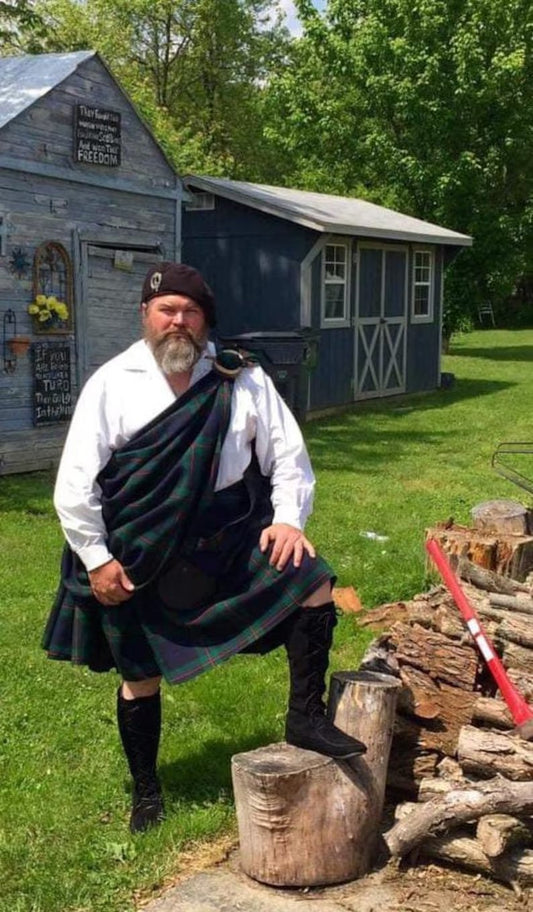 Sale
SaleScotsman Great Kilt
Regular price $178.00 CADRegular priceUnit price / per$205.00 CADSale price $178.00 CADSale -
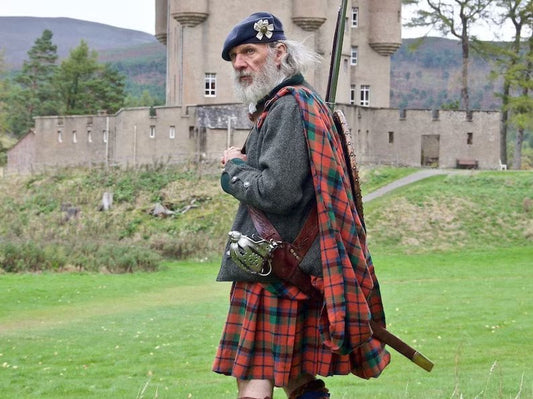 Sale
SaleMen's Great Kilt
Regular price $178.00 CADRegular priceUnit price / per$205.00 CADSale price $178.00 CADSale -
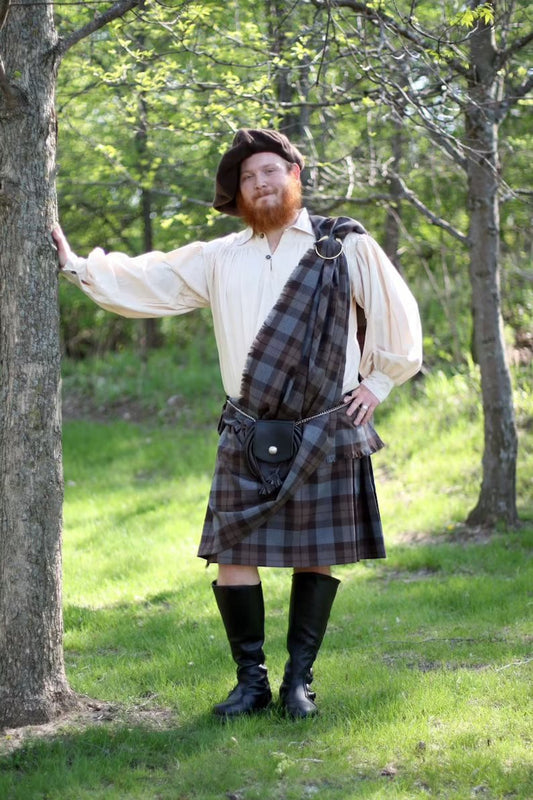 Sale
SaleMen In Great Kilt
Regular price $178.00 CADRegular priceUnit price / per$205.00 CADSale price $178.00 CADSale -
Highlander Great Kilt
Regular price $178.00 CADRegular priceUnit price / per$205.00 CADSale price $178.00 CADSale -
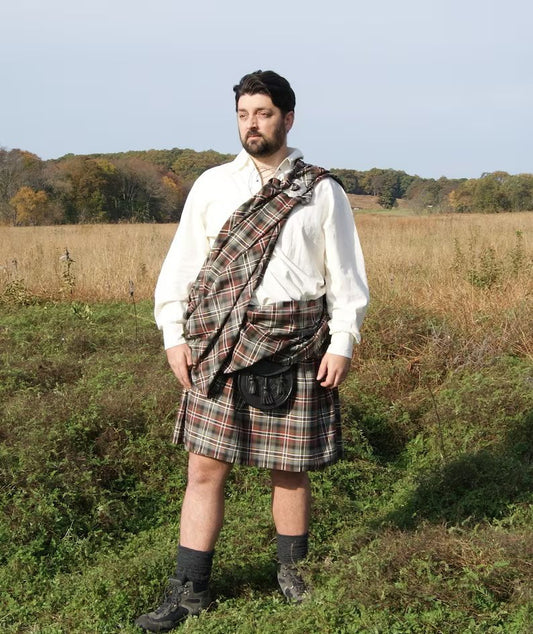 Sale
SaleHighland Great Kilt
Regular price $178.00 CADRegular priceUnit price / per$205.00 CADSale price $178.00 CADSale -
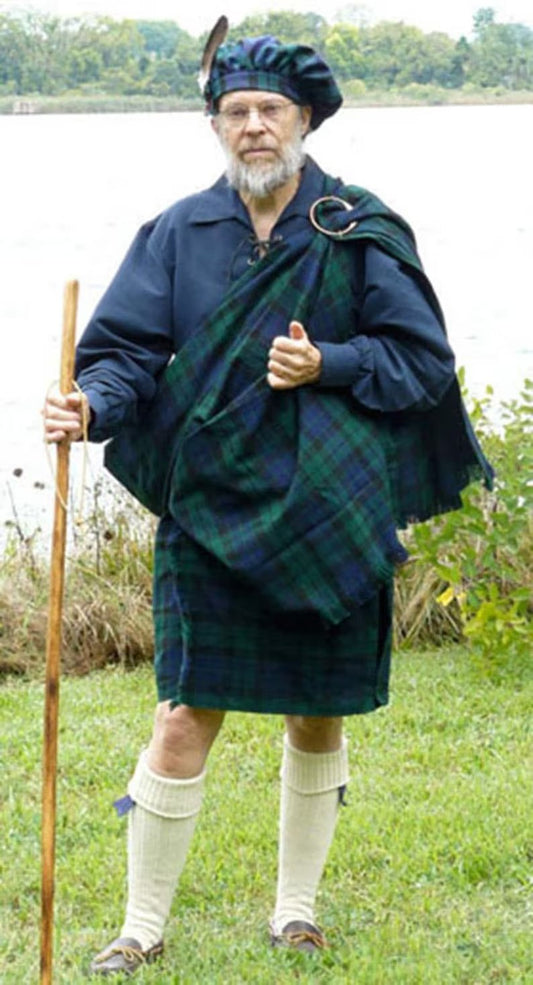 Sale
SaleGreat Kilt
Regular price $178.00 CADRegular priceUnit price / per$205.00 CADSale price $178.00 CADSale -
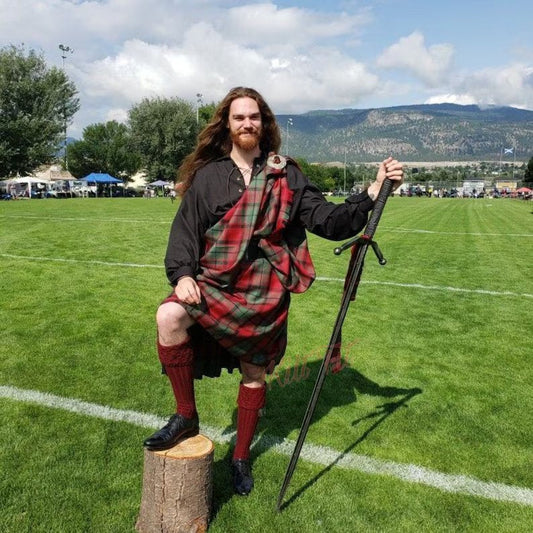 Sale
SaleGreat Kilt For Sale
Regular price $178.00 CADRegular priceUnit price / per$205.00 CADSale price $178.00 CADSale -
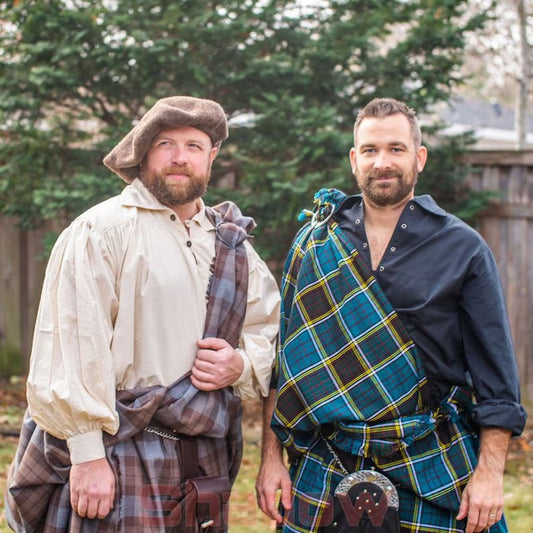 Sale
SaleGreat Kilt Men's
Regular price $178.00 CADRegular priceUnit price / per$205.00 CADSale price $178.00 CADSale -
Great Kilt In Different Tartans
Regular price $178.00 CADRegular priceUnit price / per$205.00 CADSale price $178.00 CADSale
Collection: Great Kilts
Great Kilts: A Symbol of Scottish Heritage and Tradition
Introduction: The Great Kilt, also known as the belted plaid or feileadh mòr, holds a special place in Scottish history and culture as a symbol of Highland heritage and tradition. This iconic garment, with its voluminous folds of tartan fabric and distinctive styling, has been worn by generations of Scots, serving as both a practical garment and a symbol of national pride. In this guide, we'll delve into the origins, features, cultural significance, and styling of the Great Kilt, celebrating its enduring legacy in Scottish fashion.
Origins and Evolution: The origins of the Great Kilt can be traced back to medieval Scotland, where it was worn as a multipurpose garment by Highlanders. Initially, it consisted of a long length of woolen cloth that was gathered, pleated, and belted around the waist, forming a voluminous skirt-like garment. Over time, the design of the Great Kilt evolved to incorporate specific pleating techniques and tartan patterns associated with different clans and regions.
Features of the Great Kilt:
-
Large Size: The Great Kilt is significantly larger than modern kilts, typically measuring several yards in length and width. This generous size allows for versatile draping and styling, with multiple pleats and folds creating a distinctive silhouette.
-
Tartan Fabric: Traditionally, the Great Kilt is made from tartan fabric, with the specific pattern and colors representing the wearer's clan or family affiliation. The tartan is woven in wool or a wool blend, providing warmth, durability, and a sense of cultural identity.
-
Belted Closure: Unlike modern kilts, which are typically fastened with buckles or straps, the Great Kilt is secured around the waist with a leather belt or girdle. This belt not only holds the garment in place but also provides additional support and stability, especially when engaged in strenuous activities.
-
Versatile Wear: The Great Kilt can be worn in various ways to suit different occasions and activities. It can be draped over the shoulder as a cloak for warmth, wrapped around the body as a blanket for sleeping, or even used as a makeshift shelter in inclement weather.
Cultural Significance: The Great Kilt holds deep cultural significance in Scottish history and tradition:
-
Symbol of Highland Identity: The Great Kilt is synonymous with Highland culture and identity, representing the resilience, strength, and pride of the Scottish people. It serves as a tangible link to Scotland's rich heritage and the centuries-old traditions of the Highlands.
-
Military Heritage: Throughout history, the Great Kilt played a crucial role in Scottish military attire, worn by Highland regiments in battles and campaigns around the world. Its distinctive appearance made Highland soldiers easily recognizable on the battlefield, while its practical design provided protection from the elements.
Styling the Great Kilt:
-
Traditional Wear: For formal occasions or cultural events, wear the Great Kilt in the traditional manner, with the fabric pleated and belted around the waist. Pair it with a Jacobite shirt, sporran, and brogues for a classic Highland look.
-
Casual Draping: For a more relaxed and casual look, drape the Great Kilt over the shoulder like a cloak or wrap it around the body like a shawl. This styling option is ideal for outdoor gatherings, festivals, or leisurely walks in the countryside.
-
Modern Interpretation: Incorporate elements of the Great Kilt into modern fashion by layering it over contemporary clothing such as jeans, T-shirts, or jackets. Experiment with different draping techniques and accessories to create a unique and personalized look that pays homage to Scottish heritage.
Conclusion: The Great Kilt stands as a timeless symbol of Scottish identity, heritage, and tradition, embodying the resilience and pride of the Highland people. With its distinctive design, tartan fabric, and versatile styling options, the Great Kilt continues to captivate the imagination of Scots and enthusiasts around the world, keeping alive the spirit of Scotland's rich cultural legacy for generations to come.






